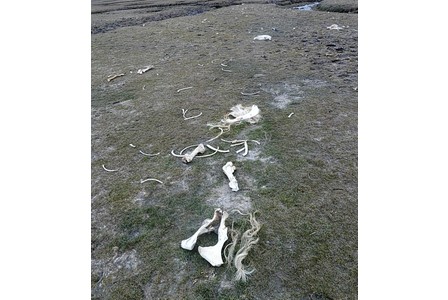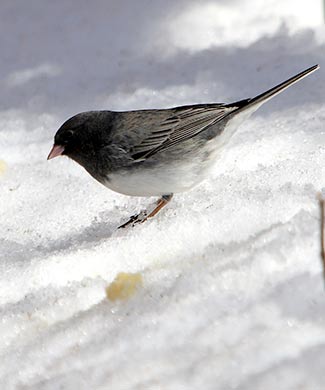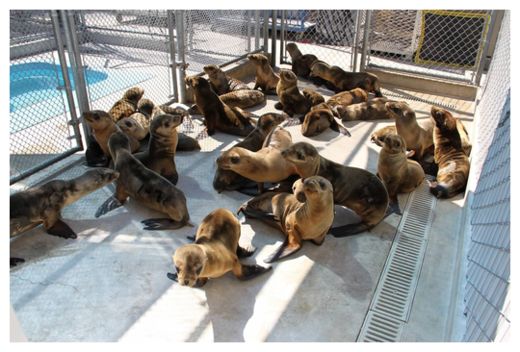Horses have been "dropping like flies" on the Loughor Estuary, according to a lifeboatman.
John Edwards said horses have congregated at the marsh near Loughor inshore lifeboat station for years, and knew how to steer clear of the incoming tide, but that a high number of the animals had got stuck in the mud or perished.

Grim sight bones found near the Loughor Estuary.
The
Post has been emailed photographs which are too shocking to print of horse carcasses on the marsh. The photographer, who asked the
Post not to name her, also sent this snap (left) of what she says are horse bones at the same location.
The
RSPCA is investigating.
Swansea Council said the dead animals were on the Carmarthenshire side of the estuary, while
Carmarthenshire Council said the area was "a bit of a no-man's land".
Loughor inshore lifeboat station secretary Mr Edwards said: "I don't know what is going on.
We have never had these problems before. All of a sudden they are dropping like flies."Mr Edwards said the lifeboat had launched to help mud-trapped horses, but had to be careful not to scare the animals and make the situation worse.
"Unless they are actually in danger we won't respond," he said.


Comment: This is not the first mysterious or odd event to have happened in recent years at the Dugway proving grounds.
Missing vial of nerve agent shuts down Dugway
US: Did meteor hit near Dugway, Utah?